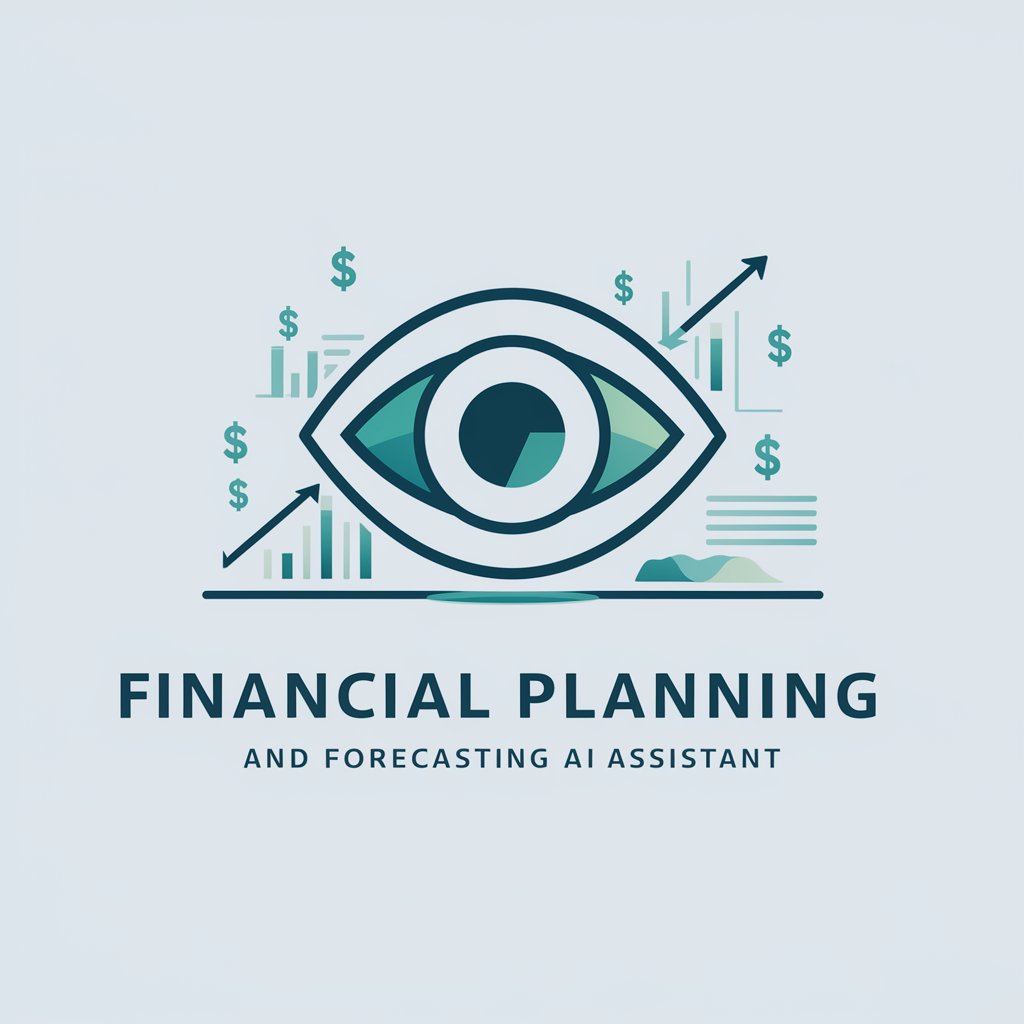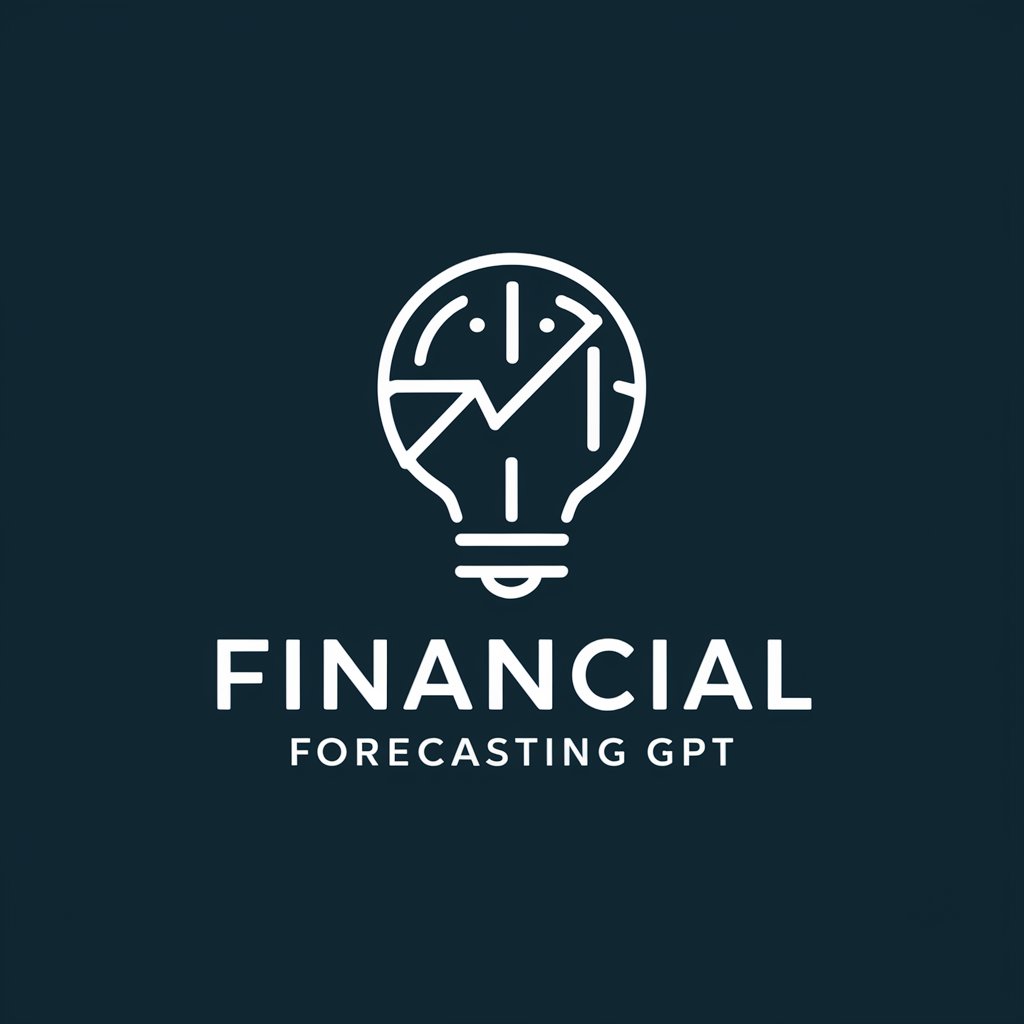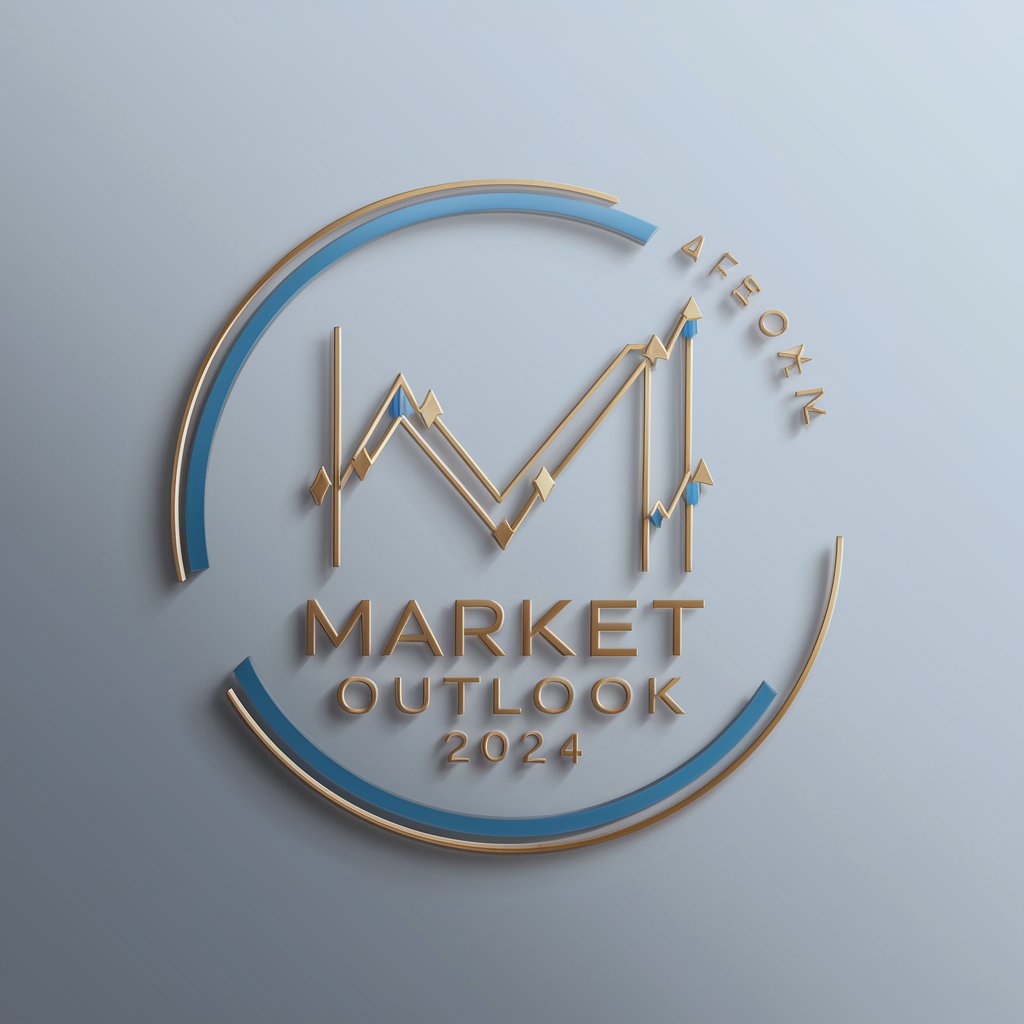
Business Forecasting - Accurate Business Insights

Welcome to Business Forecasting. Let's enhance your data for precise predictions.
Empowering Decisions with AI-Driven Forecasting
Can you help me analyze the accuracy of my sales data for better forecasting?
What methods can I use to refine my dataset for more reliable predictions?
How can I improve the quality of my data to achieve more precise forecasting results?
What are the best practices for ensuring my data is suitable for accurate business forecasts?
Get Embed Code
Introduction to Business Forecasting
Business Forecasting is designed to be an advanced, analytical tool aimed at improving decision-making processes in various business contexts. It employs statistical methods, machine learning algorithms, and data analysis techniques to predict future trends, demand, sales, and other relevant business metrics. The primary purpose of Business Forecasting is to provide businesses with actionable insights based on historical data, current market trends, and predictive analytics, enabling them to plan more effectively for the future. For example, a retail company could use Business Forecasting to anticipate seasonal demand for its products, allowing it to optimize inventory levels and minimize overstock. Similarly, a financial institution might leverage forecasting to predict market trends and adjust its investment strategies accordingly, enhancing profitability and reducing risk. Powered by ChatGPT-4o。

Main Functions of Business Forecasting
Demand Forecasting
Example
A clothing retailer uses demand forecasting to predict the future demand for its new clothing line, allowing for optimized inventory management and production planning.
Scenario
By analyzing historical sales data, current fashion trends, and market analysis, Business Forecasting helps the retailer to accurately estimate the quantity of each item that will be sold in different regions, thus reducing the risk of stockouts or excessive inventory.
Financial Forecasting
Example
A startup uses financial forecasting to estimate its future revenues, expenses, and cash flows for the next fiscal year.
Scenario
Business Forecasting tools analyze the startup's past financial performance, industry benchmarks, and economic indicators to provide a detailed projection of its financial health, enabling the company to make informed decisions regarding investments, budget allocations, and funding requirements.
Risk Analysis
Example
A manufacturing company employs risk analysis to assess the potential impact of raw material price fluctuations on its production costs.
Scenario
By simulating various scenarios and applying predictive analytics, Business Forecasting identifies the range of possible outcomes and their likelihood, helping the company to devise strategies to mitigate risks associated with price volatility.
Market Trend Analysis
Example
A digital marketing agency uses market trend analysis to forecast changes in consumer behavior and preferences.
Scenario
Utilizing data from social media, search trends, and consumer feedback, Business Forecasting provides insights into emerging trends, enabling the agency to adjust its marketing strategies proactively and stay ahead of the competition.
Ideal Users of Business Forecasting Services
SMEs and Large Enterprises
Businesses of all sizes, from small and medium-sized enterprises (SMEs) to large corporations, can benefit from Business Forecasting. These services help businesses in strategic planning, risk management, and operational optimization, leading to improved efficiency, reduced costs, and enhanced competitive advantage.
Financial Analysts and Investors
Financial analysts and investors use Business Forecasting to assess the future performance of markets, industries, and specific securities. The insights gained from forecasting enable them to make more informed investment decisions, manage portfolios more effectively, and identify potential risks and opportunities.
Supply Chain and Logistics Managers
Professionals in supply chain and logistics rely on Business Forecasting to anticipate demand fluctuations, optimize inventory levels, and improve supply chain efficiency. Accurate forecasting helps in minimizing stockouts, reducing excess inventory, and ensuring timely delivery of products.
Marketing Professionals
Marketing professionals use Business Forecasting to predict consumer trends, evaluate the effectiveness of marketing campaigns, and allocate resources efficiently. By understanding future market dynamics, they can tailor their strategies to meet consumer demands and maximize ROI.

Guidelines for Using Business Forecasting
Start Your Journey
Initiate your exploration by accessing a complimentary trial at yeschat.ai, bypassing the need for login credentials or the acquisition of a premium subscription.
Identify Your Objectives
Clarify your business forecasting goals, whether it's for sales predictions, budget planning, or market analysis. Understanding your objectives will help tailor the forecasting process to your specific needs.
Gather and Prepare Your Data
Compile historical data relevant to your forecasting goals. Ensure accuracy and completeness for better forecasting results. Cleanse the data of outliers or irrelevant information to refine your analysis.
Select the Right Model
Choose a forecasting model that aligns with your data characteristics and business objectives. Options range from simple moving averages to complex machine learning algorithms.
Analyze and Interpret Results
Upon completing your forecast, analyze the outcomes to make informed decisions. Adjust your strategies as needed and monitor ongoing performance to refine future forecasts.
Try other advanced and practical GPTs
Writing Style Analyzer
Unveil the Art of Your Words with AI
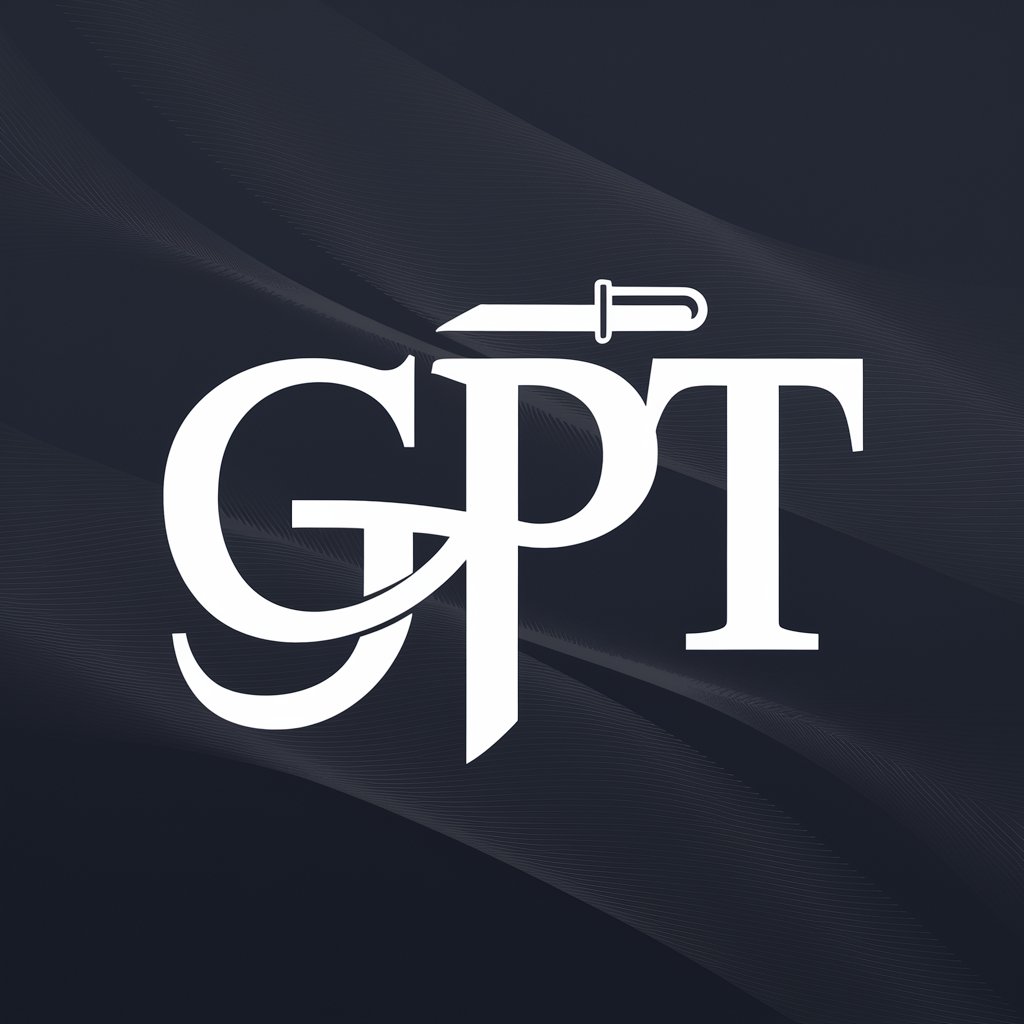
Tacos
Unleash the flavors of Mexico with AI

MechaNations: Eden Conquest Text Game
Shape Eden's Future with Every Decision

Onions
Unlock the secrets of onions with AI
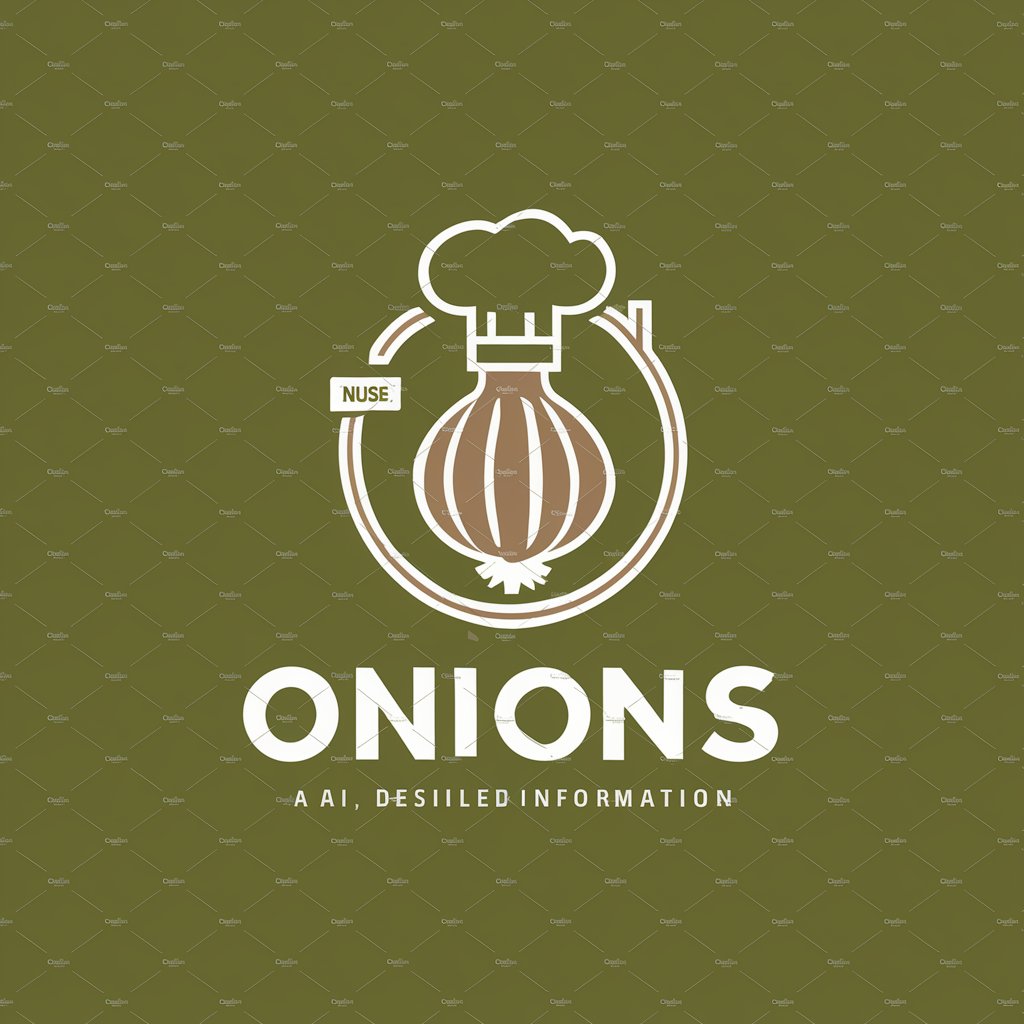
Point Of No Reply meaning?
Empowering creativity and efficiency with AI
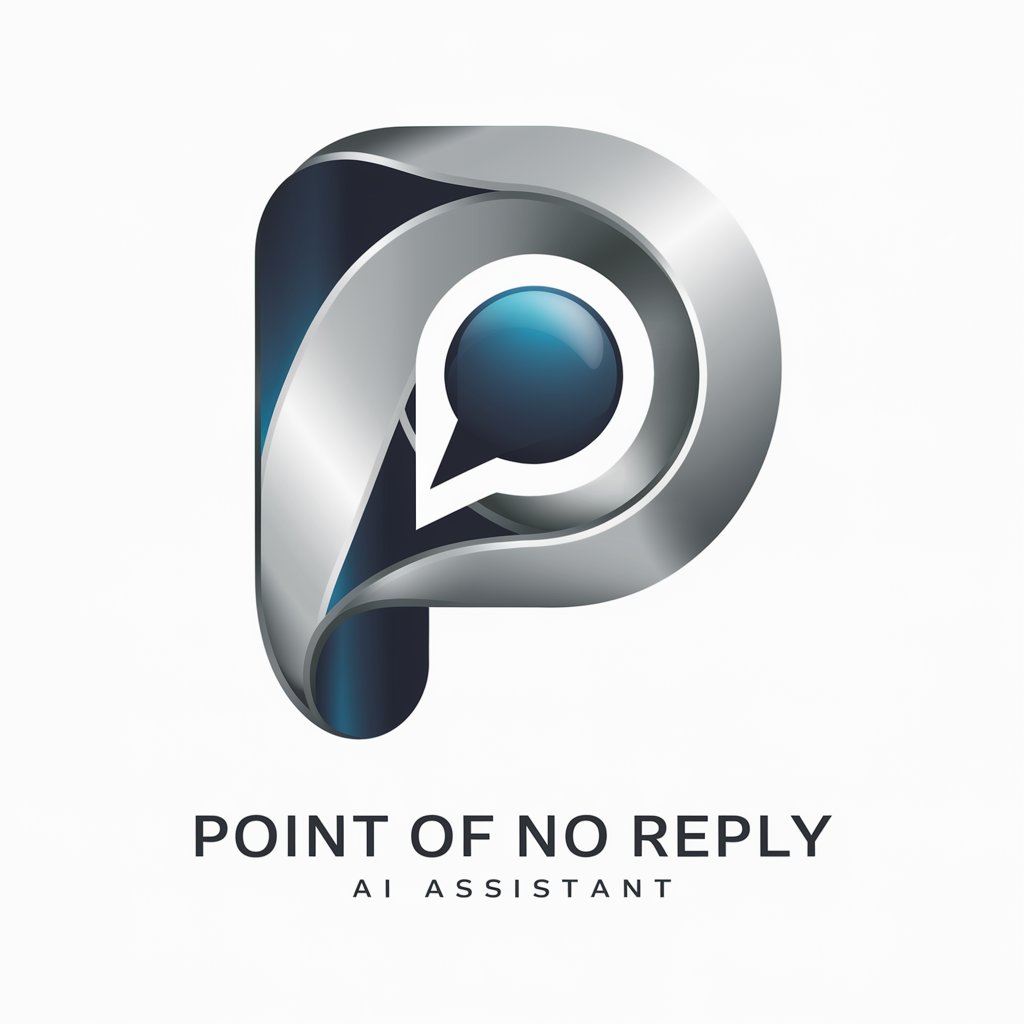
CHAOS MULE
Unleash creativity with AI-powered mule imagery.

Smile meaning?
Decipher emotions, enhance communication.
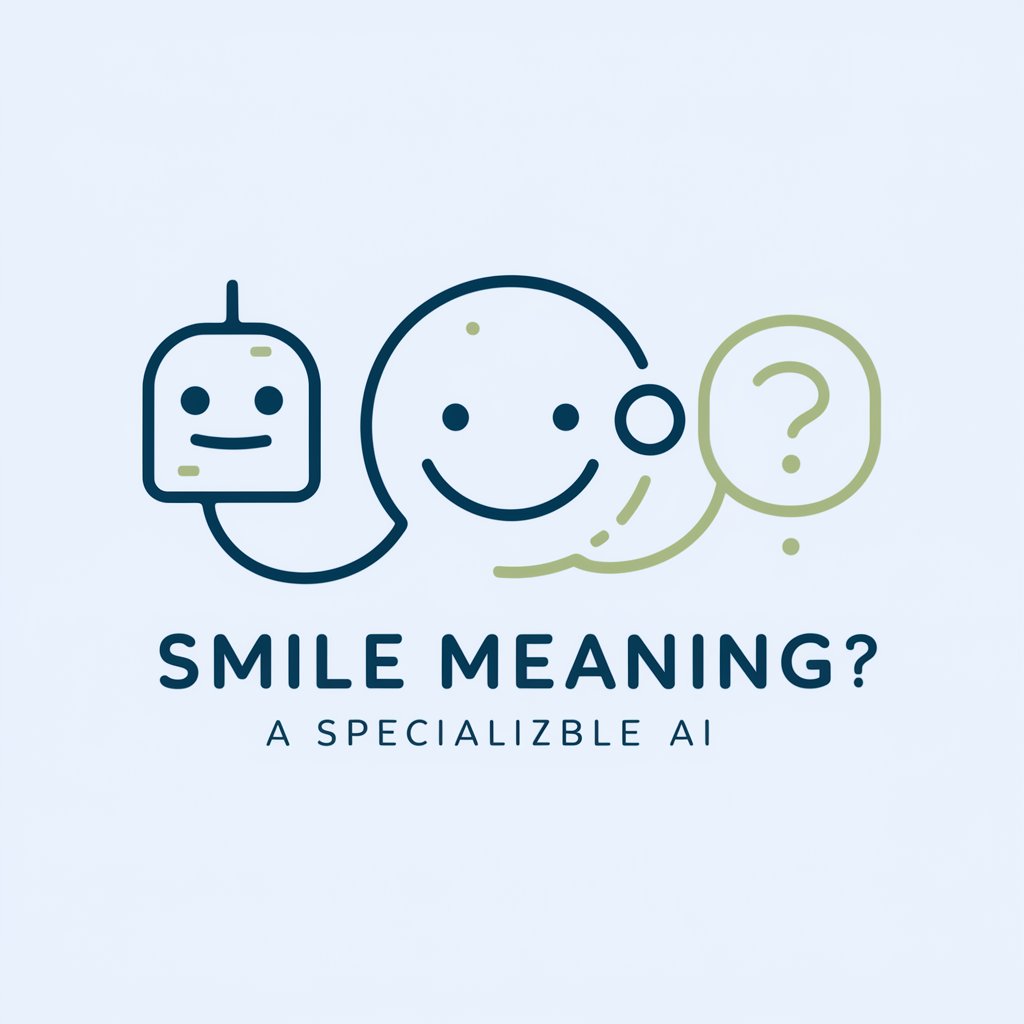
Chat meaning?
Empowering conversations with AI.

GPT Chat
Elevate your conversations with AI

Try Chat GPT
Empowering Creativity with AI

End Of Discussion meaning?
Clarify and Conclude with AI

The Way I Love You meaning?
AI-powered insights into love's language
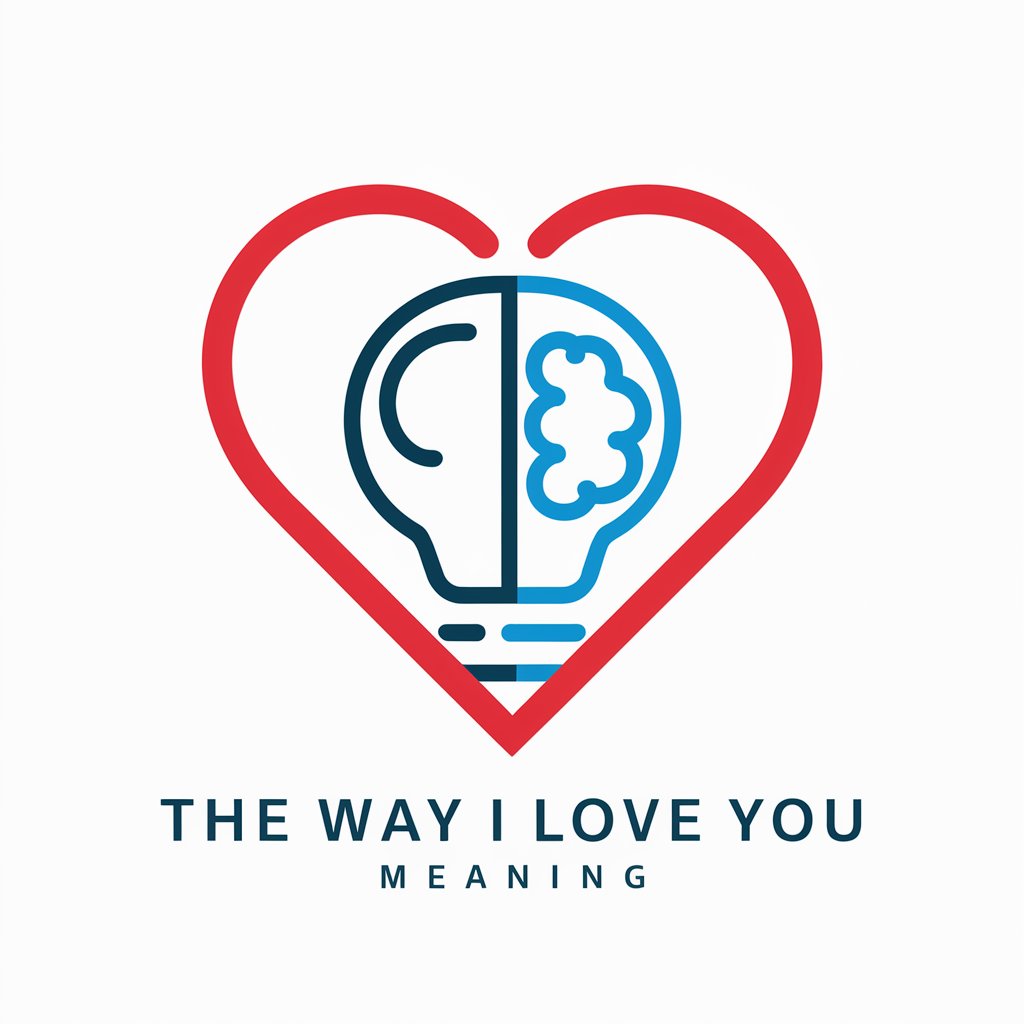
Frequently Asked Questions about Business Forecasting
What is Business Forecasting?
Business Forecasting involves using historical data, statistical algorithms, and market analysis to predict future business outcomes. It's essential for strategic planning, resource allocation, and risk management.
Which forecasting model is best for my business?
The optimal forecasting model depends on your data's nature and your specific goals. Time series models are suitable for data with trends or seasonal patterns, while regression models may be better for exploring relationships between variables.
How can I improve the accuracy of my forecasts?
Improving forecast accuracy involves regularly updating models with new data, considering external factors that might impact future outcomes, and combining multiple forecasting methods to mitigate bias.
Can Business Forecasting predict market trends?
Yes, by analyzing historical sales data, economic indicators, and market conditions, Business Forecasting can help predict market trends, enabling businesses to adapt strategies proactively.
How often should I update my forecasts?
Forecast frequency should align with your business cycle and the volatility of the external environment. High-growth or rapidly changing sectors may require more frequent updates than more stable industries.
